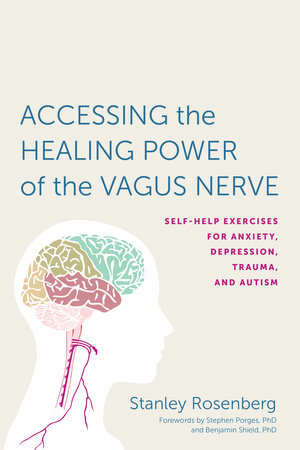BOOK

Shattered Mind

Describes various types of brain injury and their effects on mental, physical, verbal, and artistic abilities and examines fundamental questions relating to brain structure and function.











